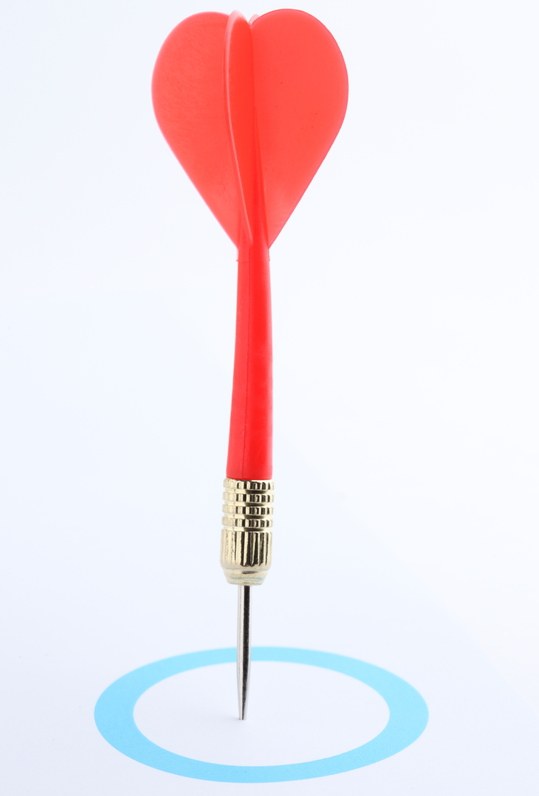Instruction
1
For example, to find the circumference, sufficient to determine the source of the data is known to diameter. Ask that you are aware of the diameter of the circle is equal to N, and draw in accordance with these data, a circle. Since the diameter connects two points of circle and passes through the centre, thus the radius of the circle will always be equal to the value of half the diametera, that is r = N/2.
2
Use to find the length or any other value of the mathematical constant π. It represents the ratio of the circumference to the length of the diameterand the circle and geometric calculations is equal to π ≈ 3,14.
3
To determine the circumference, take the standard formula L = π*D and substitute the value of diameterand D = N. the result is the diametermultiplied by the factor 3.14, shows the approximate circumference.
4
In the case when you need to determine not only the circumference but also its area, use the value of the constant π. Only this time use a different formula, according to which the area of a circle is defined as the length of it's radius squared, and multiplied by the number π. Accordingly, the formula is as follows: S = π*(r^2).
5
As in the original data determined that the radius r = N/2 hence the formula for the area of a circle is modified: S = π*(r^2) = π*((N/2)^2). As a result, if you substitute in the formula the value of a known diameterand you get the desired area.
6
Don't forget to check what units of measurement you need to determine the length or area of a circle. If the original data determined that the diameter is measured in millimeters, the area of the circle must also be measured in millimeters. For other units cm2 or m2 the calculations are made similarly.
